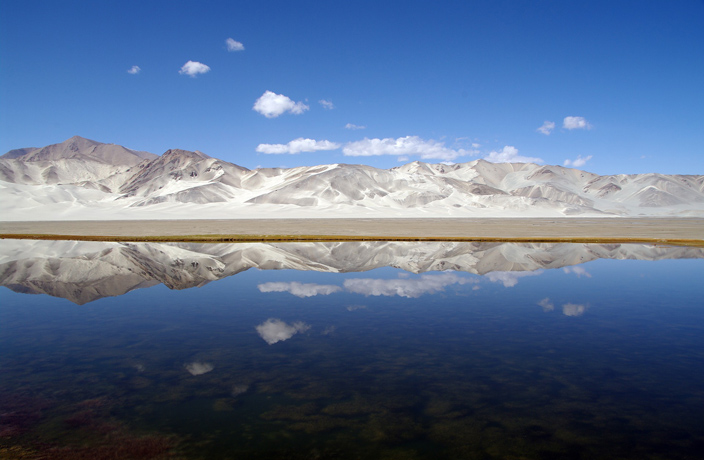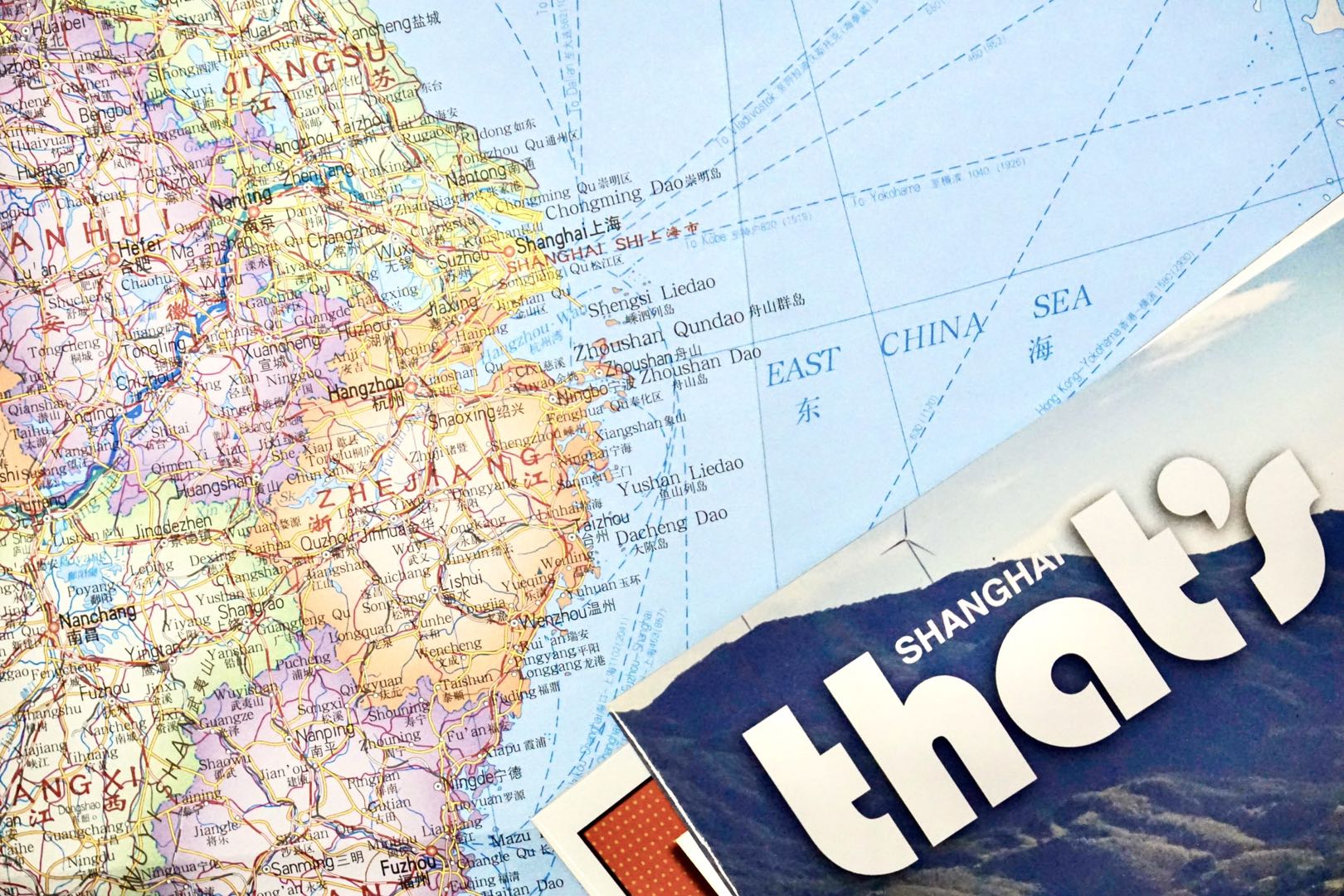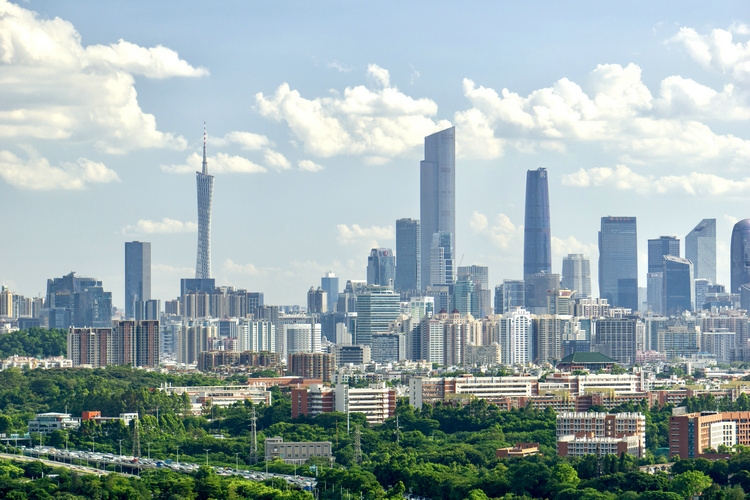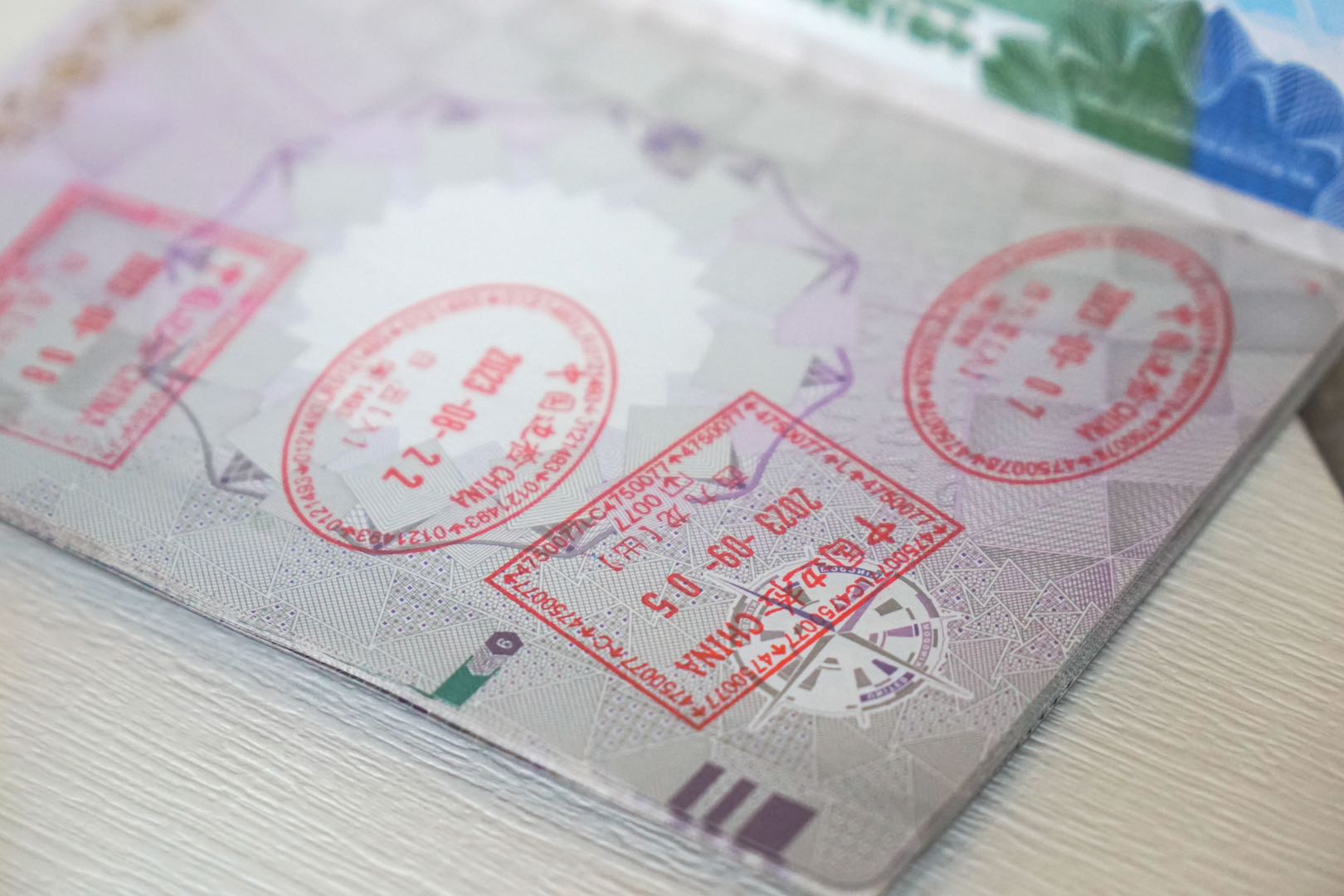Wanderlust is a regular series where we speak with a notable individual from the travel industry.
Boasting over 1.6 million square kilometers, the Xinjiang Uyghur Autonomous Region borders the countries of Mongolia, Russia, Kazakhstan, Kyrgyzstan, Tajikistan and Afghanistan. Osmanjan Mamtili, founder of Silk Road Tours, has had the pleasure of taking tourists to view his home region’s beautiful landscapes and introduce them to the local culture and cuisine. Mamtili shares with us how he got into tourism in Xinjiang and what the region has to offer.

What first got you interested in the travel industry?
I am from a small town named Yengsar in Uyghur and Yingjisha in Chinese, located 70 kilometers south of Kashgar. My town is famous for handmade ‘Yengsar knives’ so tourists who come to Kashgar or on the way to Hotan (Hetian) or Yarkan (Shache) stop at our town to learn about the knife-making process. Three of my uncles were knife makers, so I would spend my free time in their workshop, and that was my first time encountering foreign tourists. I saw the tourists with amused curiosity – the way they dressed and their lifestyle. Most would speak English to bargain or ask questions, even if they were not British or American. So, I started learning English and interacting with tourists. After studying English in college, I started working as a guide at a travel agency before receiving a national tour guide license in 2005. I enjoy my job because I’ve always liked to read and learn about the culture of Xinjiang and its people, as well as the region’s geography and history.
Which areas tend to be popular travel spots for tourists in Xinjiang?
Situated on the well-known Silk Road, Xinjiang has a lot to offer tourists. We have Old Silk Road tours, which mainly focus on the ancient tracks of the Silk Road, starting from the Karakorum Highway to Kashgar, then to Khotan, crossing the Taklamakan desert and following Marco Polo’s path before ending in Xi’an. We have climbing tours and mountain expedition tours in the Kunlun, Tianshan and Altay mountains. Cycling is also a good sport here, and tourists tend to really enjoy these types of adventures.

The north of Xinjiang has beautiful pasture lands, high alpine grasslands and lakes as well as the high peaks of Tianshan and Altay mountains. North Xinjiang is great for adventure lovers and culture lovers alike.
How has tourism changed in the region since you first started?
When I first started out, we would use fax machines and email to communicate. Now we have more convenient ways to access information and customer bases. Also, with more tourists having different interests, we’ve created new tours and activities, which has provided locals with job opportunities. We’ve also done better in protecting nature and the environment.
“Excessive tourism development also impacts the traditional culture of tourist spots – the commercialization of traditional customs is distorted and unsustainable”
What are some of the challenges with operating tours in the region?
The tourism industry has a problem with ‘high consumption, high emissions,’ which affects the region’s tourist destinations. Excessive tourism development also impacts the traditional culture of tourist spots – the commercialization of traditional customs is distorted and unsustainable. In some rural areas, people would help others for the sake of it without expecting any payment, but now the development of tourism and the opening up of the area has changed this way of life.
Delivering smooth, quality services can be a difficult task because of the weather. Storms, sandstorms, snow and heavy rains sometimes influence the itinerary. Cultural shock and differing lifestyles and understanding can also raise some challenges, and admittedly give me a headache at times.
With Xinjiang cuisine known for delicious meat dishes, how do you incorporate the local cuisines into your tours?
Xinjiang is a big region with different climates and conditions. Some of the most common dishes you’ll find include roasted mutton and rice, fish and chicken. But expect many lamb and mutton dishes in the region. Due to Xinjiang’s abundance of animal, fruit and dairy products, local areas have various cooking methods with different ingredients. We arrange family visits and cooking lesson tours to different places, so everyone can taste the local dishes and see the cooking process as well.
This interview has been edited for clarity and brevity.
For more Wanderlust, click here.
[Images via Pixabay, Osmanjan Mamtili]






















0 User Comments